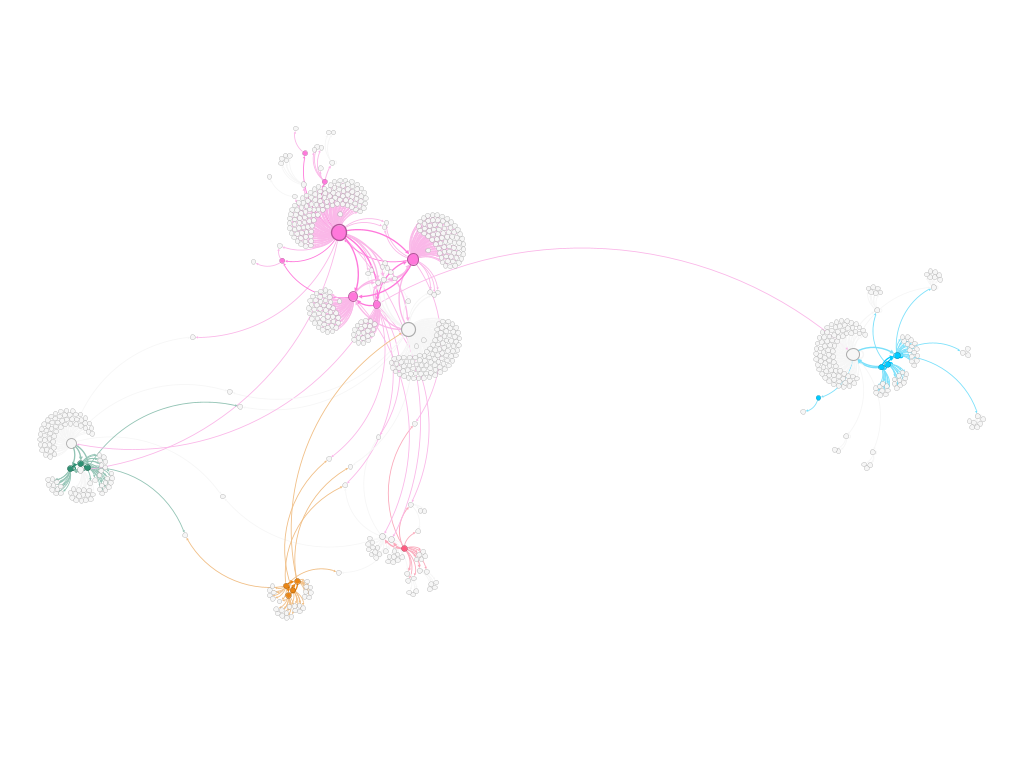Real Talk for Change is a collaboration between MIT’s Center for Constructive Communication (CCC), Dunk the Vote, Local Voices Network, Cortico, The Boston Foundation, Circle of Nations, South End Technology Center, Family Nurturing Center, and Metro Boston Alive.
Our goal is to build a new piece of civic infrastructure in which the voice of the public is based on people sharing their experiences of living in Boston. More specifically, we want to amplify the voices of folks who are too often underheard by current civic processes. Real Talk for Change will provide a means for Bostonians to cut through the noise of opinion makers and finally be heard. Find an overview of the process in the following video.
Conversations
We start exploring this space by inviting community members, who are often underheard, to join a facilitated conversation with 4-8 participants (in-person or on Zoom). Ιn these conversations, we invite participants to share: “What is your question about the future of Boston and your place in that future? What experience led you to that question?”. These prompts serve as starting points for participants to share hopes, concerns, and lived experiences and engage with each other in identifying common hopes and concerns and experiences that resonate with them.
Sensemaking
How might we… Collect rich and complex data from community dialogues, analyze and make sense of that data? Design outputs of that sensemaking in a participatory way? Engage researchers and community leaders to exchange knowledge and learn together? These are some of the questions we address in this project that builds on community-powered understanding and participatory sensemaking. Our sensemaking process evolves over three interconnected stages:
1. Listen
After the facilitated conversations are facilitated and recorded, they get uploaded on Local Voices Network and become part of a community-protected and community-owned collection. Community members, community leaders, and researchers come together and engage in a rigorous process of gaining a deep understanding of people’s lived experiences as shared in the facilitated conversations.
We collaboratively work together and build on each other’s knowledge, expertise, and skills to learn from one another and share nuanced insights into the experiences we are listening to. We start by listening deeply to all conversations and immerse ourselves into the conversation collection. As we listen, we systematically identify the questions and experiences that participants shared in the facilitated conversations.
2. Analyze
After we listen, we use our Sensemaking Tool Insight to analyze all selected segments of the conversations. We identify them as questions and experiences, following the prompts that are shared during the facilitated conversations.
We then start to develop thematic codes and apply the codes to each conversation segment. As we listen to more conversations, we iteratively keep developing thematic codes and structure them into sub-themes that provide a more nuanced understanding of what is discussed during the conversations and overarching themes that consist of clusters of sub-themes.
Our goal is to identify themes and patterns across those experiences and design diverse ways of exploring the conversations by theme or sub-theme, neighborhood, or specific demographics. This process is visualized below.
Our process is designed to be supported and enabled by the unique collaboration between old, ancient, human technologies like facilitation, dialogue, and active listening with new, computer-enabled technology that allows us to analyze the transcribed conversations systematically and at scale. This unique collaboration allows for the depth and richness that comes from human technologies, with the scale, replicability, memory, and transparency of new tech.
3. Synthesize
After our analysis, we provide context for each theme by summarizing what we heard in the conversations and translating themes into patterns. We weave into the thematic summaries representative highlights of the conversations to provide more nuanced insights into each theme and lift up participants’ voices who reflect on their lived experiences.
Visualization
Finally, voices will be shared on the live conversation portal with Boston’s mayoral and city councilor candidates, debate moderators and journalists, and the general public. Boston’s mayoral and city councilor candidates will be invited to use the portal to better understand the hopes, concerns, and experiences of the city’s voters. Conversations will be used to inform recommended questions for debate moderators and media interviews. Finally, the platform will be made available to the public to listen and learn from one another.







